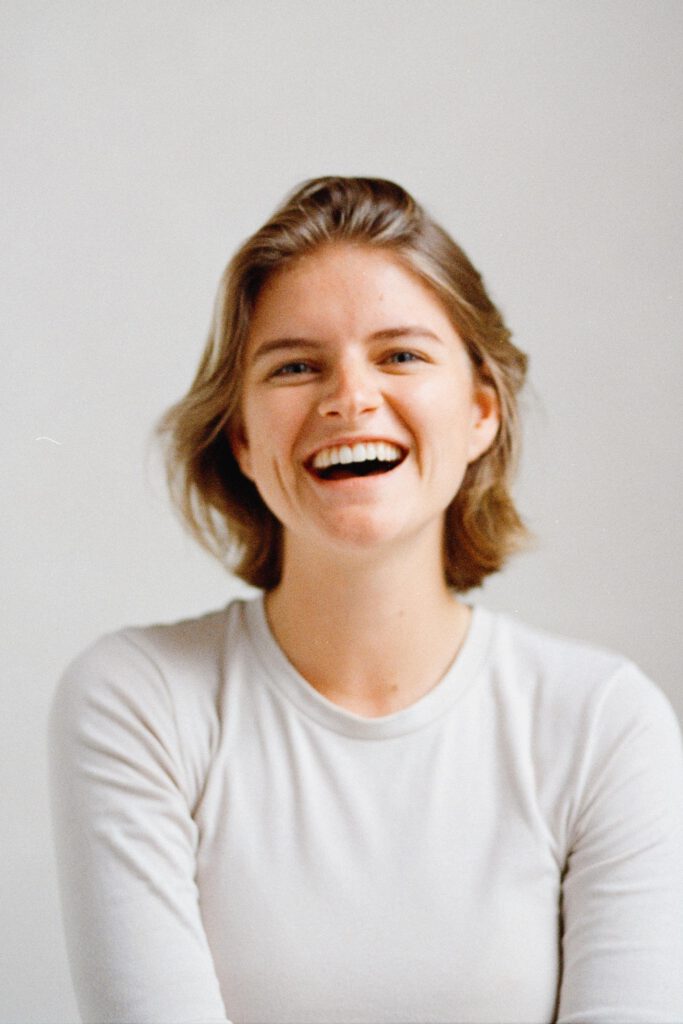I am an enthusiastic, energetic and assertive designer. Others have described my attitude as ‘open, collaborative, and inspiring’. I apply participatory, speculative, and critical design in settings like workshops, fieldwork, and demonstrations. During interactive sessions, I take a facilitating role. In doing so, I remain aware of two extremes, as described by Manzini (2015), namely being a ‘big ego’ designer who is too leading or imposing their vision on participants’ additions, or being a ‘post-it’ designer who is just an administrative facilitator. I apply openness and responsivity, whilst implementing my critical and creative nature and designerly perspective to steer clear of either extreme and create a constructive, inquisitive atmosphere.
In terms of design processes, I use the Reflective Transformative Design Process (RTDP) intuitively, as it centralises reflection and allows for quick shifts between design activities and the open-endedness that I value in design projects (Hummels & Frens, 2011).
My design drive comes from a desire to explore, create and share. I enjoy immersing myself in complex issues, developing my understanding through making and sharing my designs with others, who can validate my assumptions or share their experiences and reflections. In doing so, I often involve users and stakeholders in my processes through creative, interactive means. Provoking, activating or inspiring them to make change and using creativity as a means of empowerment and facilitator of connections. Developing both their understanding and mine, which then loops back to my designs or informs the project’s results.
My expertise mainly lies in the areas of Creativity & Aesthetics and User & Society. However, I have developed a critical understanding of and expertise in meaningfully using emerging technologies towards social innovation or speculation. Supported by my ability to design interactive prototypes, which create aesthetic, provocative and thus impactful interactions that engage my participants.
Making, embodiment, experience, and reflection play a central role in my design processes, but are often at the core of my design outputs as well. When designing, I like to apply a thinking-through-doing attitude. I apply lo-fi making, exploring, experiencing and discussing with others when I hit a block in a project.
Related to these blocks, a strength of mine is creative problem-solving. By being highly associative and aware of underlying connections, I can quickly change lanes and find value in alternatives. Furthermore, my associative nature and sense for connections and relations allow me to shape strong design narratives.
Lastly, I document and communicate my work in writing, visuals, and through video-making. I value these media, although vastly different, for how they enable the project’s approach, content, and results to trigger and inspire others beyond the project.

Sources